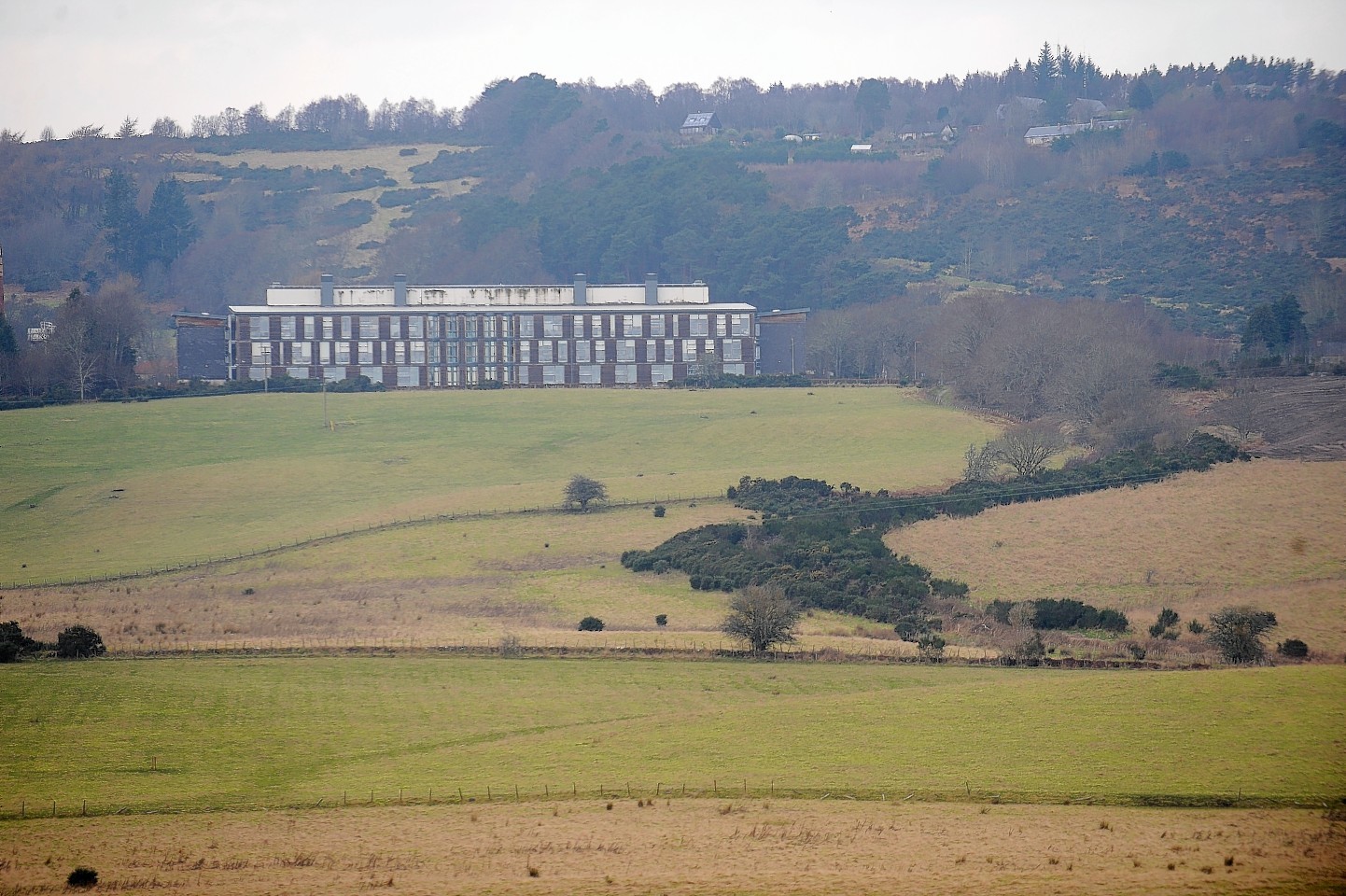Reports that up to 90% of Channel 4 staff in London are choosing to take redundancy, rather than move to the new regional base in Leeds or satellite offices in Bristol and Glasgow, struck a chord.
The UK Government wants the publicly-owned broadcaster to move in order to boost jobs and growth in ‘the regions’. It is an enlightened enough idea. But senior management claimed it would damage the channel’s income.
Ministers even threatened to legislate to force the move. The Tory 2017 general election manifesto, after all, had declared that Channel 4 “will be relocated out of London”.
A manifesto, incidentally, the UK electorate refused to endorse, Brexit commitments included, effectively withdrawing the Tories’ majority instead. But I digress.
The reluctance of Channel 4 staff to relocate from London (no senior executive apparently will move), is reminiscent of something similar north of the border.
The Labour/Lib Dem controlled Scottish Executive had a policy of relocating public sector jobs prior to 2007.
There were doubts in the media, that anything of note would ever actually happen, but it did. Most controversially Scottish Natural Heritage’s (SNH) HQ was moved from Edinburgh to Inverness in 2006.
Announced in 2003 it cost around £22m but although there were 260 SNH posts in Edinburgh, only 55 people went to Inverness. Some retired, more took redundancy. The balance was filled through local recruitment, exactly the dividend sought in the Highlands.
There was internal opposition to the move. Most of the staff had built a life in the Scottish capital, and did not want to move their families 160 miles north – so far so Channel 4.
The offer of a £10,000 inducement to move plus another £10,000 if they stayed in Inverness for more than two years, was not enough for most to be persuaded. The civil service redundancy payment, for those who refused to go, was around £40,000.
Senior civil servants had argued against the SNH relocation. Ministers had to ‘sign off’ on the decision, documenting it was contrary their officials’ clear advice.
There were other significant moves. Highlands and Islands Enterprise for example had been an early trendsetter sending 20 jobs across the Minch from Inverness to Benbecula, as administrative back-up for the entire HIE network.
But arguably the most imaginative relocation was in 2005. Eight Edinburgh-based posts administering the Crofters’ Building Grants and Loans Scheme (CBGLS) in the Rural Development Department went to Tiree, with five being taken by young islanders.
In the 19th century some 5,000 people had lived on the island, but only about 14 per cent of that total remained, many occupying the island’s 286 crofts. These Hebridean Sir Humphreys, almost all now local, still work in their government ‘department’ above the beach at Crossapol.
When the SNP won the 2007 Scottish election, the relocation policy was put on the back burner. The Auditor General and Holyrood’s Finance Committee had cast doubt on its value for money.
The criteria against which they were measured, however, should have been different to those for other public projects. There was, obviously, the distress of those whose jobs were moving. But the policy was about getting more of Scotland involved in the workings of government and public sector, spreading secure white-collar jobs and salaries and more widely. It was about population retention. It was also about remote and fragile communities seeing that government was working for them, that they were involved in the national life of Scotland.
Within a year of the SNP’s minority administration taking control, however, the global economy began to unravel, and there would be no more costly relocations. No new custom-built offices such as in Tiree and Inverness. Existing government buildings would have to be used.
Roseanna Cunningham, cabinet secretary for environment, climate change and land reform, was therefore limited in where she could base the welcome new Scottish Land Commission two years ago. At least she chose a building in Inverness and not in the central belt, as her officials are understood to have advised.
But it would have been more appropriate in a rural location, rather than looking across the Longman Road to B&Q. There would have been important symbolism, for example, to a site on land taken into community ownership. This would have underlined a cornerstone of the land reform agenda, the land commission is tasked with advancing.
The site of SNH’s HQ, meanwhile, is on a hill overlooking the Highland capital, close to where the Great Glen long distance walking route from Fort William emerges from woodland.
It is surely more appropriate for a body dedicated to the natural environment, than the Edinburgh offices the agency previously occupied off Bonnington Road in the north of the city, and in Hope Terrace in Morningside.
A new ministerial group was announced last week, to address the demographic challenges Scotland faces, including the dramatic population decline forecast in parts of rural Scotland. Perhaps it should start by dusting down the job relocation policy file.
David Ross is a veteran Highland journalist and author of an acclaimed book about his three-decades of reporting on the region

